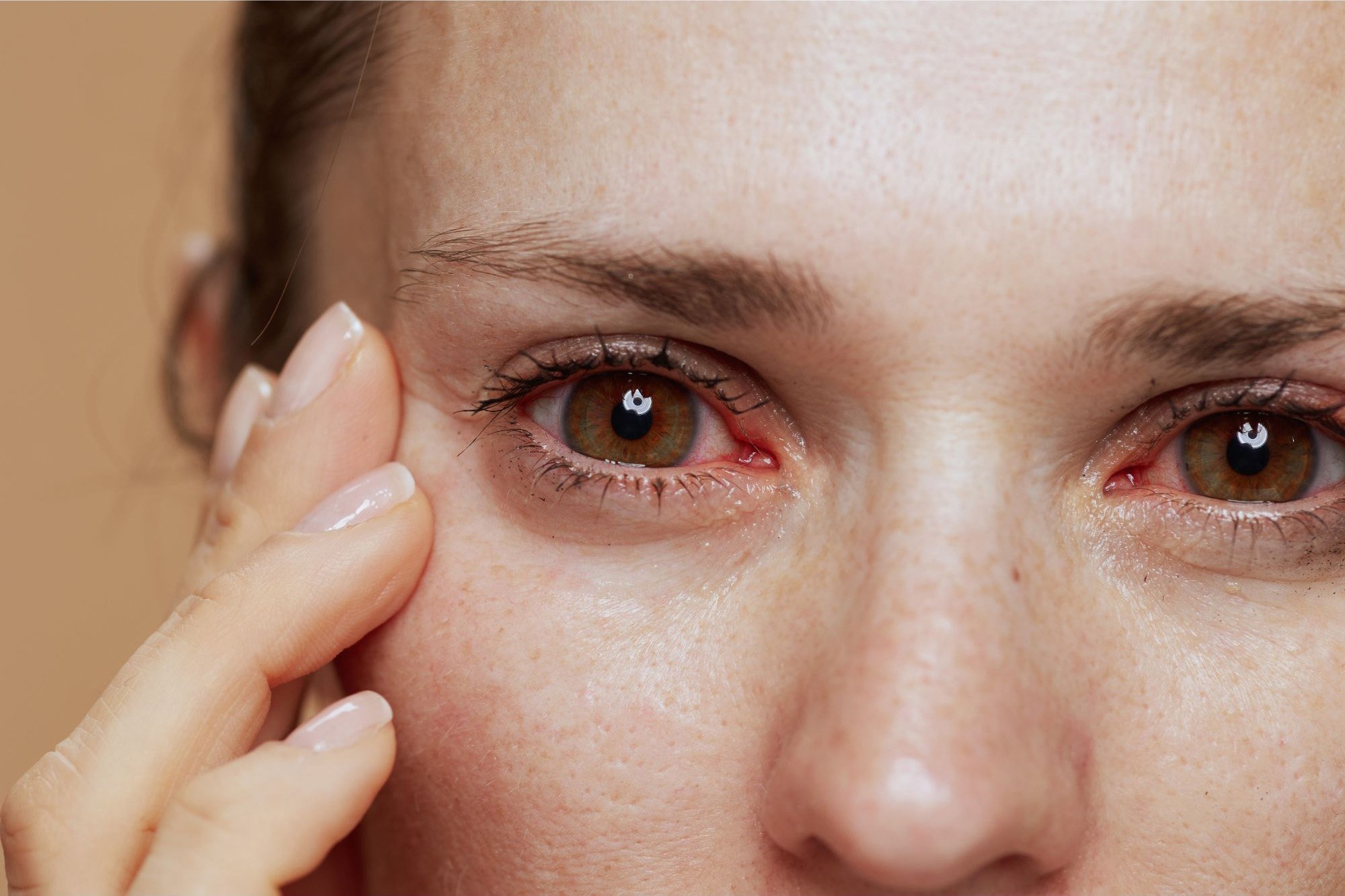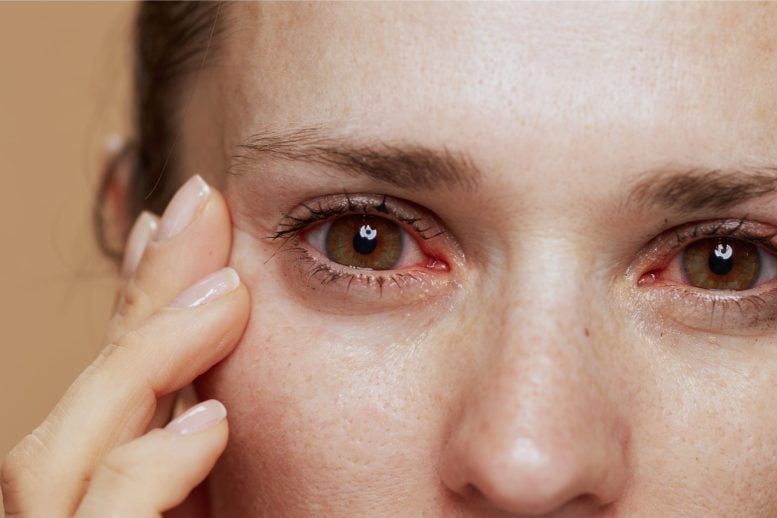

Researchers suggest that this could be the first treatment for alleviating symptoms of dry eye disease.
A clinical trial from China, published by The BMJ, finds that laughter may be as effective as eye drops in improving symptoms of dry eye disease.
The researchers suggest that laughter exercise could be an initial treatment for relieving symptoms of dry eye disease.
Dry eye disease (DED) is a chronic condition estimated to affect around 360 million individuals worldwide. Common symptoms include uncomfortable, red, scratchy, or irritated eyes.
Evidence suggests that laughter therapy alleviates depression, anxiety, stress, and chronic pain, while strengthening immune function and is recognized as a beneficial complementary and add-on treatment for various chronic conditions, including mental health disorders, cancer, and diabetes. But whether laughter therapy has a beneficial effect on dry eye disease is still unknown.
Study Design and Methods
To explore this further, researchers from China and the UK set out to assess the effectiveness and safety of laughter exercise in patients with symptoms of dry eye disease.
Their findings are based on 283 participants aged 18-45 years (average age 29; 74% female) who were assessed for dry eye disease using the ocular surface disease index (OSDI) score and randomly assigned to receive laughter exercise or 0.1% sodium hyaluronic acid eye drops four times a day for eight weeks.
Participants with existing eye conditions, injury, infection, or allergy, and those who had recently used contact lenses or any dry eye disease treatment were excluded.
Treatment Details
The laughter exercise group watched an instructional video and were asked to vocalize and repeat the phrases “Hee hee hee, hah hah hah, cheese cheese cheese, cheek cheek cheek, hah hah hah hah hah hah” 30 times per five-minute session using a face recognition mobile app to standardize the exercise and enhance facial movements.
The eye drop (control) group applied 0.1% sodium hyaluronic acid eye drops to both eyes four times a day for eight weeks, tracking their usage frequency via the same app.
Both treatments were stopped at eight weeks and any change in eye surface discomfort scores were measured at weeks 10 and 12.
The average OSDI score at eight weeks was 10.5 points lower (indicating less discomfort) in the laughter exercise group and 8.83 lower in the control group, with a mean difference of −1.45 points, suggesting that laughter exercise was no less effective than eye drops.
Laughter exercise also showed significant improvements in non-invasive tear break-up time (time taken for the first dry spot to appear on the cornea after a blink), meibomian gland function (oil glands that help prevent tears from evaporating too quickly), and mental health scores. No adverse events were noted in either study group.
Study Limitations and Conclusion
The authors acknowledge some limitations that may have influenced the results, but say the findings suggest that laughter exercise was non-inferior to 0.1% sodium hyaluronic acid in improving dry eye disease symptoms and clinical signs.
“As a safe, environmentally friendly, and low-cost intervention, laughter exercise could serve as a first-line, home-based treatment for people with symptomatic dry eye disease and limited corneal staining,” they add.
Reference: “Effect of laughter exercise versus 0.1% sodium hyaluronic acid on ocular surface discomfort in dry eye disease: non-inferiority randomised controlled trial” by Jing Li, Yinglin Liao, Shi-Yao Zhang, Ling Jin, Nathan Congdon, Zixin Fan, Yangfa Zeng, Yingfeng Zheng, Zuguo Liu, Yizhi Liu and Lingyi Liang, 11 September 2024, BMJ.
DOI: 10.1136/bmj-2024-080474